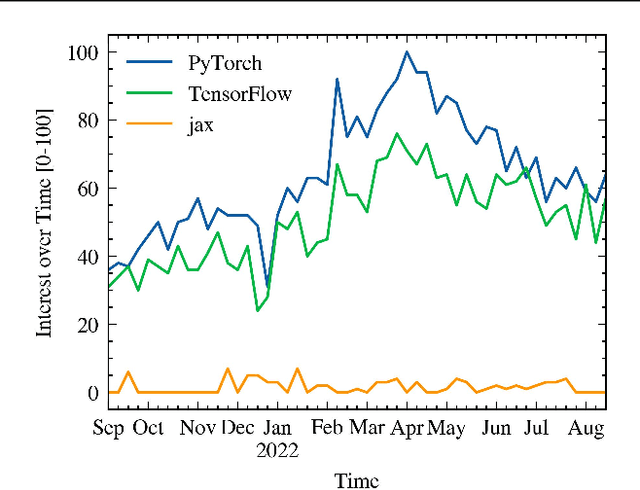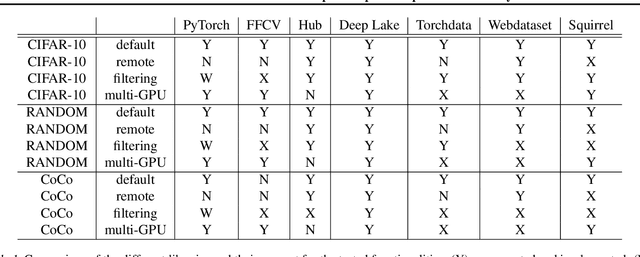Diego Kiedanski
Robust and Resource-efficient Machine Learning Aided Viewport Prediction in Virtual Reality
Dec 20, 2022



Abstract:360-degree panoramic videos have gained considerable attention in recent years due to the rapid development of head-mounted displays (HMDs) and panoramic cameras. One major problem in streaming panoramic videos is that panoramic videos are much larger in size compared to traditional ones. Moreover, the user devices are often in a wireless environment, with limited battery, computation power, and bandwidth. To reduce resource consumption, researchers have proposed ways to predict the users' viewports so that only part of the entire video needs to be transmitted from the server. However, the robustness of such prediction approaches has been overlooked in the literature: it is usually assumed that only a few models, pre-trained on past users' experiences, are applied for prediction to all users. We observe that those pre-trained models can perform poorly for some users because they might have drastically different behaviors from the majority, and the pre-trained models cannot capture the features in unseen videos. In this work, we propose a novel meta learning based viewport prediction paradigm to alleviate the worst prediction performance and ensure the robustness of viewport prediction. This paradigm uses two machine learning models, where the first model predicts the viewing direction, and the second model predicts the minimum video prefetch size that can include the actual viewport. We first train two meta models so that they are sensitive to new training data, and then quickly adapt them to users while they are watching the videos. Evaluation results reveal that the meta models can adapt quickly to each user, and can significantly increase the prediction accuracy, especially for the worst-performing predictions.
Identification of medical devices using machine learning on distribution feeder data for informing power outage response
Nov 15, 2022


Abstract:Power outages caused by extreme weather events due to climate change have doubled in the United States in the last two decades. Outages pose severe health risks to over 4.4 million individuals dependent on in-home medical devices. Data on the number of such individuals residing in a given area is limited. This study proposes a load disaggregation model to predict the number of medical devices behind an electric distribution feeder. This data can be used to inform planning and response. The proposed solution serves as a measure for climate change adaptation.
An Overview of the Data-Loader Landscape: Comparative Performance Analysis
Sep 27, 2022



Abstract:Dataloaders, in charge of moving data from storage into GPUs while training machine learning models, might hold the key to drastically improving the performance of training jobs. Recent advances have shown promise not only by considerably decreasing training time but also by offering new features such as loading data from remote storage like S3. In this paper, we are the first to distinguish the dataloader as a separate component in the Deep Learning (DL) workflow and to outline its structure and features. Finally, we offer a comprehensive comparison of the different dataloading libraries available, their trade-offs in terms of functionality, usability, and performance and the insights derived from them.
 Add to Chrome
Add to Chrome Add to Firefox
Add to Firefox Add to Edge
Add to Edge